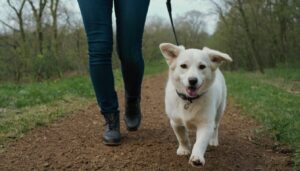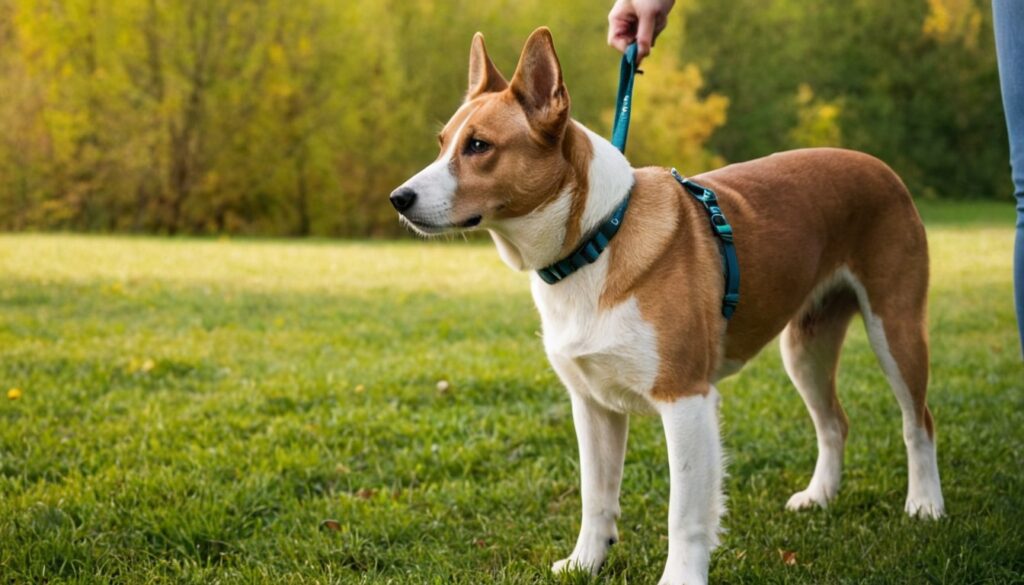Learn how to teach your dog to walk on leash without pulling with these expert tips. Improve leash manners and enjoy stress-free walks with your dog.
Practical Tips of Teaching Your Dog to Walk on a Leash Without Pulling
Walking your dog can be an enjoyable experience, but pulling on the leash can quickly turn it into a frustrating ordeal. Training your dog to walk on a leash without pulling is essential for a stress-free walk and ensures safety for both you and your furry friend.
Why Do Dogs Pull on the Leash?
Dogs pull on the leash for various reasons, including:
- Excitement: They want to explore their surroundings.
- Lack of Training: They haven’t learned proper leash behavior.
- Reinforcement of Bad Habits: Pulling gets them closer to what they want.
Understanding the root cause of pulling is key to addressing the behavior effectively.
The Importance of Leash Training
Proper leash training offers numerous benefits, including:
- Improved Control: Ensures your dog walks calmly by your side.
- Safety: Prevents accidents like running into traffic.
- Stress-Free Walks: Reduces frustration for both you and your pet.
Step by Step Teaching to Walk on a Leash for Your Dog

1. Choose the Right Equipment
The right leash and collar can make a significant difference in leash training.
Recommended Gear:
- Flat Collar or Harness: Avoid choke chains or prong collars that can harm your dog.
- Standard Leash: Opt for a 4-6 foot leash; avoid retractable leashes during training.
Pro Tip: A front-clip harness can help reduce pulling by redirecting your dog’s motion.
2. Teach the “Heel” Command
Training your dog to heel ensures they stay by your side during walks.
Steps to Teach “Heel”:
- Hold a treat in your hand and position it near your thigh.
- Say “heel” and take a step forward.
- Reward your dog when they walk beside you without pulling.
- Repeat this process daily in short training sessions.
3. Stop and Stand Still When They Pull
Dogs pull because it works—when pulling gets them closer to their goal, they’ll keep doing it. Breaking this habit requires consistency.
How to Stop Pulling:
- The moment your dog pulls, stop walking immediately.
- Stand still and wait for them to stop pulling and slacken the leash.
- Once the leash is loose, resume walking.
Pro Tip: Be patient. This technique may require several attempts but reinforces that pulling doesn’t lead to progress.
4. Use Positive Reinforcement
Rewarding good behavior is one of the most effective ways to teach leash manners.
Tips for Positive Reinforcement:
- Carry small, high-value treats during walks.
- Reward your dog every time they walk calmly without pulling.
- Gradually reduce treats as your dog learns the behavior.
5. Practice in Low-Distraction Environments
Begin leash training in quiet areas to minimize distractions.
Steps for Controlled Practice:
- Start indoors or in your backyard.
- Practice walking on a loose leash until your dog masters the behavior.
- Gradually introduce more stimulating environments, like parks or sidewalks.
6. Try the “Turn Around” Technique
If your dog pulls ahead, change direction to keep them focused on you.
How It Works:
- When your dog starts pulling, calmly turn and walk in the opposite direction.
- Call their name to regain their attention.
- Reward them when they catch up and walk beside you.
Pro Tip: Keep your tone upbeat to make the change fun for your dog.
Common Mistakes to Avoid

- Inconsistent Training: Mixed messages confuse your dog. Be consistent in your methods.
- Punishing Pulling: Avoid harsh corrections that can harm your dog physically or emotionally.
- Using the Wrong Gear: Ensure your equipment is comfortable and suitable for your dog.
FAQs
Q: How long does it take to leash train a dog?
A: It depends on the dog’s age, temperament, and consistency in training. Puppies may learn in a few weeks, while older dogs might take longer.
Q: Can older dogs learn to walk without pulling?
A: Yes! With patience and the right techniques, dogs of any age can learn proper leash manners.
Q: Should I hire a professional trainer for leash training?
A: If you’re struggling or your dog has severe pulling issues, professional training can be helpful.
Teaching your dog to walk on a leash without pulling requires patience, consistency, and the right approach. With the practical tips outlined in this guide, you’ll transform your walks into enjoyable experiences for both you and your dog.
Remember, every dog is unique—adjust your training methods to suit your dog’s personality and needs.
For more expert pet training advice, check out:


4 Comments
Want all the contact details of businesses in your city? I’ll get it done quickly and efficiently. https://telegra.ph/Personalized-Contact-Data-Extraction-from-Google-Maps-10-03 (or telegram: @chamerion)
Time to take action! Get accurate business contacts for just $30 and watch your outreach expand. https://telegra.ph/Personalized-Contact-Data-Extraction-from-Google-Maps-10-03 (or telegram: @chamerion)
The art of data collection made easy! Order now and receive all the essential business contacts you need. https://telegra.ph/Personalized-Contact-Data-Extraction-from-Google-Maps-10-03 (or telegram: @chamerion)
Pingback: How to Train a Stubborn Dog Breed 2025 - Pubbels